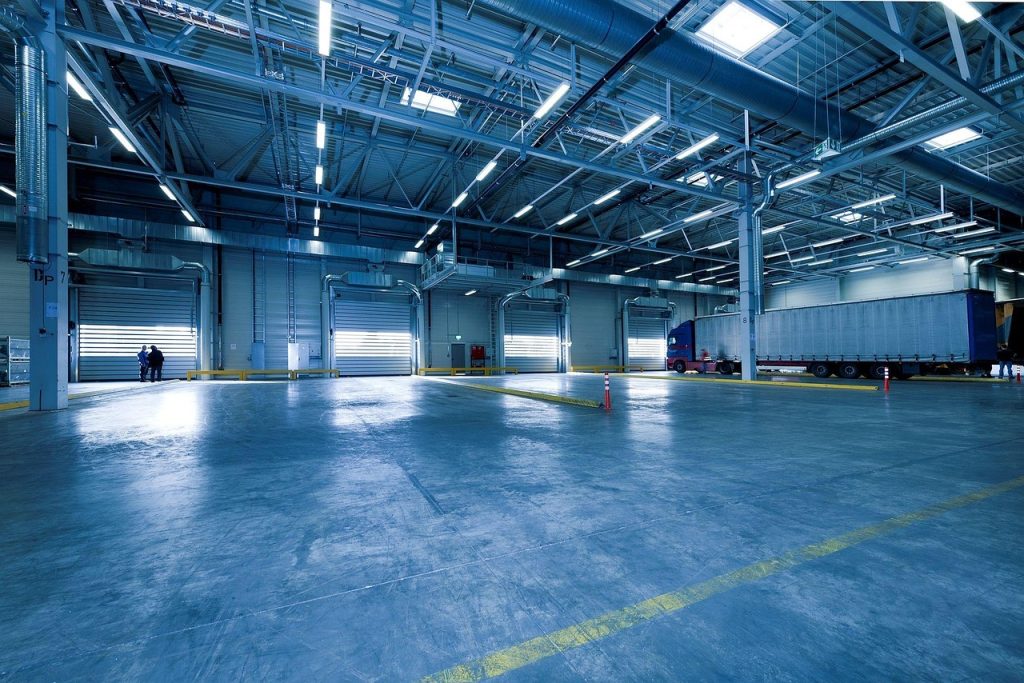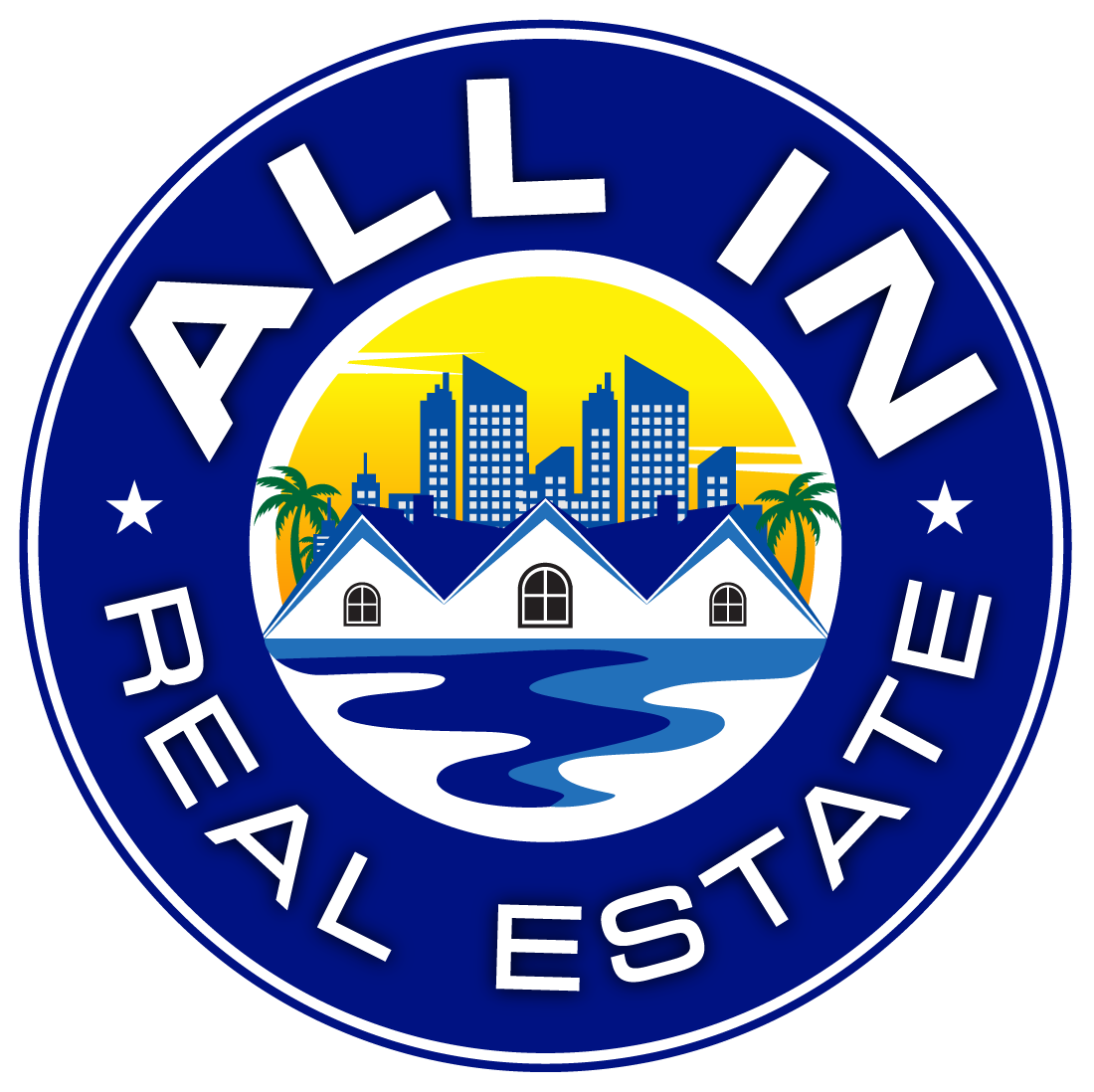When it comes to leasing commercial property, there isn’t a one-size-fits-all agreement. Business owners and investors can choose from several types of commercial leases, each offering a different level of responsibility and financial commitment. Understanding the various types of leases is crucial for making informed decisions and protecting both tenants and landlords. In this blog post, we’ll break down the most common types of commercial leases and help you understand their differences.

1. Gross Lease (Full-Service Lease)
A gross lease is one of the simplest types of commercial leases. In this arrangement, the tenant pays a fixed rent amount, and the landlord covers most, if not all, of the property’s operating expenses. These expenses typically include property taxes, insurance, and maintenance.
For tenants, a gross lease provides the advantage of predictable costs, as they only need to pay the agreed-upon rent amount each month. However, gross leases may come with slightly higher rent to account for the landlord’s responsibility for additional expenses.
Pros for Tenants:
- Predictable monthly costs
- No responsibility for operating expenses
- Simplifies budgeting
Cons for Tenants:
- Potentially higher rent compared to other lease types
2. Net Lease
A net lease is a lease agreement in which the tenant pays a base rent plus a portion of the property’s operating expenses, such as taxes, insurance, and maintenance costs. This lease type can be broken down into three main categories:
- Single Net Lease (N): The tenant pays the base rent and property taxes, while the landlord handles insurance and maintenance costs.
- Double Net Lease (NN): The tenant covers the rent, property taxes, and insurance, while the landlord is responsible for maintenance.
- Triple Net Lease (NNN): The tenant assumes responsibility for the rent, property taxes, insurance, and maintenance costs. This is the most common form of net lease in commercial real estate.
For landlords, net leases can offer a steady income stream without being responsible for many of the property’s operating expenses. Tenants, however, need to budget for additional costs beyond the rent.
Pros for Tenants:
- Typically lower base rent compared to gross leases
Cons for Tenants:
- Unpredictable costs due to additional expenses (especially in triple net leases)
- Increased financial responsibility for property upkeep
3. Modified Gross Lease
A modified gross lease is a hybrid lease that blends elements of both gross leases and net leases. Under this lease structure, the tenant typically pays a fixed rent amount, but is also responsible for some of the property’s operating costs, such as utilities or janitorial services. The exact breakdown of responsibilities is negotiable and outlined in the lease agreement.
This lease is often used when both parties want to share the financial burdens of the property but still want the predictability of a gross lease. The tenant might pay for some expenses, while the landlord covers others.
Pros for Tenants:
- Some flexibility in negotiating costs
- Typically lower rent than a gross lease
Cons for Tenants:
- May still face unexpected costs depending on the lease structure

4. Percentage Lease
A percentage lease is commonly used for retail space in shopping malls. In this agreement, the tenant pays a base rent plus a percentage of their monthly or annual sales. This lease type aligns the interests of both the tenant and landlord, as the landlord benefits from the tenant’s success and the tenant’s rent adjusts based on sales performance.
The percentage can vary depending on the lease terms. This type of lease works well for businesses whose income may fluctuate, as the rent adjusts based on performance.
Pros for Tenants:
- Lower base rent, as the rent is tied to sales performance
- Rent is more flexible during periods of low sales
Cons for Tenants:
- Rent can become expensive during periods of high sales
- Requires transparency about sales, which may not always be desirable for the tenant
5. Ground Lease
A ground lease involves leasing land rather than a building. In this arrangement, the tenant leases the land and is typically responsible for developing and maintaining the property. This type of lease is often long-term and is commonly used for standalone buildings.
The tenant is responsible for the construction and maintenance of the buildings on the land, while the landlord retains ownership of the land itself. Ground leases can be beneficial for developers who want to use land for a long period but do not wish to own the land outright.
Pros for Tenants:
- Allows for development without purchasing land
- Long-term lease terms provide stability
Cons for Tenants:
- Responsibility for all property improvements and maintenance
- Significant upfront costs for development
6. Sublease
A sublease is an agreement where the original tenant leases all or part of the leased space to another tenant, called the subtenant. In this case, the original tenant remains responsible to the landlord for the lease, even though they are renting to someone else. Subleasing is common when the original tenant no longer needs the full space but doesn’t want to terminate the lease.
Subleases can benefit tenants who are downsizing or temporarily vacating the property, while landlords may need to approve subleasing terms.
Pros for Tenants:
- Flexible option for tenants who need to reduce their space or exit early
- Subtenant may help offset rent costs
Cons for Tenants:
- Still responsible for the original lease obligations
- Potential for conflict if the subtenant causes issues
Conclusion
Understanding the various types of commercial leases is essential for both landlords and tenants to navigate the real estate market effectively. Each type of lease has its pros and cons, and the best option depends on the specific needs of the business, the property, and the goals of both parties involved.
Before entering into any commercial lease agreement, it’s important to thoroughly review the terms and ensure that the lease structure aligns with your business’s financial and operational needs. At All In Real Estate, we are here to help you navigate this process. Contact us today at 305-310-1661 for a free consultation, and let us assist you in making the best decision for your business.
